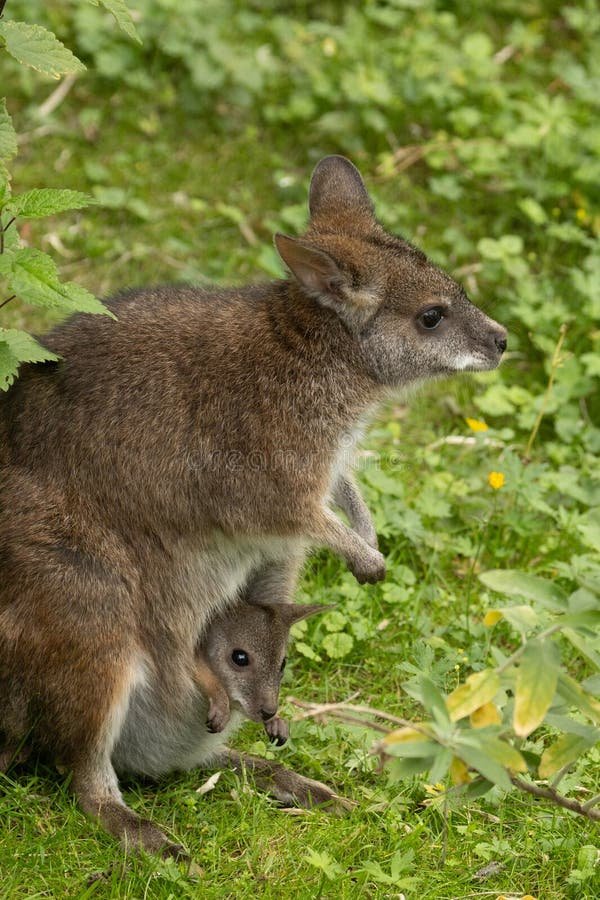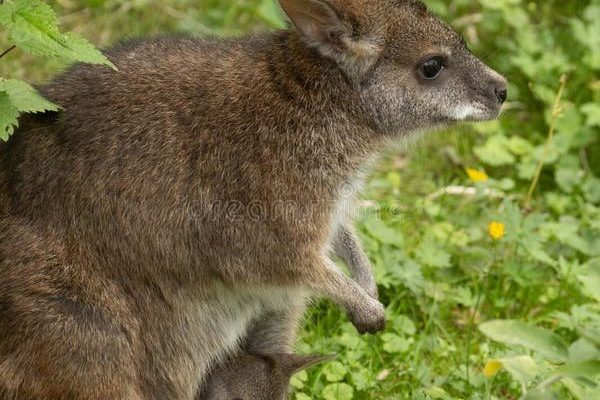
The wallaby’s tale isn’t just about cute faces and hopping around. It involves adaptation, survival, and a whole lot of unique challenges. Evolution is like a grand storybook filled with twists and turns, and wallabies have played their part in it remarkably well. So, let’s dive into this evolutionary journey that leads us through time, exploring where these incredible creatures came from and how they’ve adapted to their environments.
Understanding Wallabies: A Quick Overview
Before we get into the nitty-gritty, it’s essential to understand what wallabies are. They’re part of the marsupial family, which means they carry their young in pouches, just like kangaroos. While there are many species, wallabies are typically smaller, making them particularly charming. They vary in size, color, and habitat, with species like the agile wallaby and the red-necked wallaby being commonly found.
Wallabies mainly inhabit the savannas, forests, and scrublands of Australia and surrounding islands. They are herbivores, munching on grass, leaves, and fruits. This diet is essential for their survival, as it gives them the energy to hop around and stay agile. Their ability to navigate their environment efficiently has played a massive role in their evolutionary success.
The Early Ancestors of Wallabies
Let’s rewind the clock—way back to the beginnings of marsupials. Wallabies share a common ancestor with other wombat and kangaroo species, dating back around 70 million years ago. This common ancestor thrived in diverse environments, which led to various adaptations over time. Picture it like being part of a big family where everyone has their unique traits based on what they need to survive.
The early marsupials spread across Gondwana, the supercontinent that included modern-day Australia, South America, and Antarctica. As Gondwana broke apart, these ancient creatures adapted to their new homes. Over millions of years, wallabies gradually evolved different traits that allowed them to thrive in Australia’s varying climates—from the wet, lush forests to the hot, arid outback.
Adapting to the Environment
Here’s the thing: evolution is all about adaptation. Wallabies have developed several unique adaptations to help them survive in their specific environments. Take their powerful hind legs, for example. These legs are designed for hopping long distances, allowing wallabies to escape predators and navigate their territory with ease. It’s like having a built-in getaway car!
Their flexible diet also plays a crucial role. Depending on their habitat, wallabies can adapt their feeding habits. For instance, some wallaby species prefer grasslands, while others thrive in forested areas where they munch on leaves and fruits. This ability to change their diets helps them cope with the different food sources available in their surroundings.
Species Diversity Among Wallabies
Wallabies aren’t just one-size-fits-all. There’s a rich diversity among different species. For example, the **agile wallaby** is known for its speed and adaptability, often found in open grasslands, while the **rock wallaby** prefers rocky cliffs and crags, showing remarkable climbing abilities. Each species has evolved unique traits that help them survive effectively in their chosen habitats.
It’s fascinating to see how these various wallaby species reflect their environments. They’ve adjusted their behaviors, diets, and even physical traits over time. For example, some wallabies have developed longer tails for balance on rocky terrain, while others have thicker fur to insulate them during colder months. These adaptations are a testament to their incredible evolutionary journey.
Impact of Climate Change on Wallabies
As we look at the evolutionary past of wallabies, it’s impossible not to consider the future. Climate change has already started to impact these creatures. Rising temperatures and changing weather patterns are affecting their habitats. Some wallaby species are facing challenges as their environments shift, leading to food shortages and increased competition.
Honestly, this is a critical moment for wallabies. If we want to see these amazing animals continue to thrive, we need to support conservation efforts that focus on habitat preservation and protection. This includes creating wildlife corridors that allow wallabies to move safely between areas and access the food they need.
Conservation Efforts for Wallabies
Conservation isn’t just a buzzword; it’s a vital part of ensuring the future of wallabies. Many organizations work tirelessly to protect these creatures and their habitats. This includes not only safeguarding the land they live on but also educating the public about their importance in the ecosystem.
Programs like breeding initiatives help boost endangered wallaby populations, while ecological restoration efforts aim to improve their habitats. It’s like giving wallabies a helping hand as they navigate the challenges of the modern world. We all play a role in this—whether by supporting local conservation projects or just spreading awareness about these unique animals.
The evolutionary history of the wallaby is a fascinating chapter in the larger story of life on Earth. These creatures have adapted and thrived for millions of years, showing resilience and ingenuity. As we continue to learn about their past, we also need to take action to ensure their future.
Protecting wallabies isn’t just about saving a cute animal; it’s about preserving a piece of our planet’s heritage. So, the next time you see a wallaby hopping around, remember the incredible journey it took to get there and the importance of keeping its story alive for generations to come.

